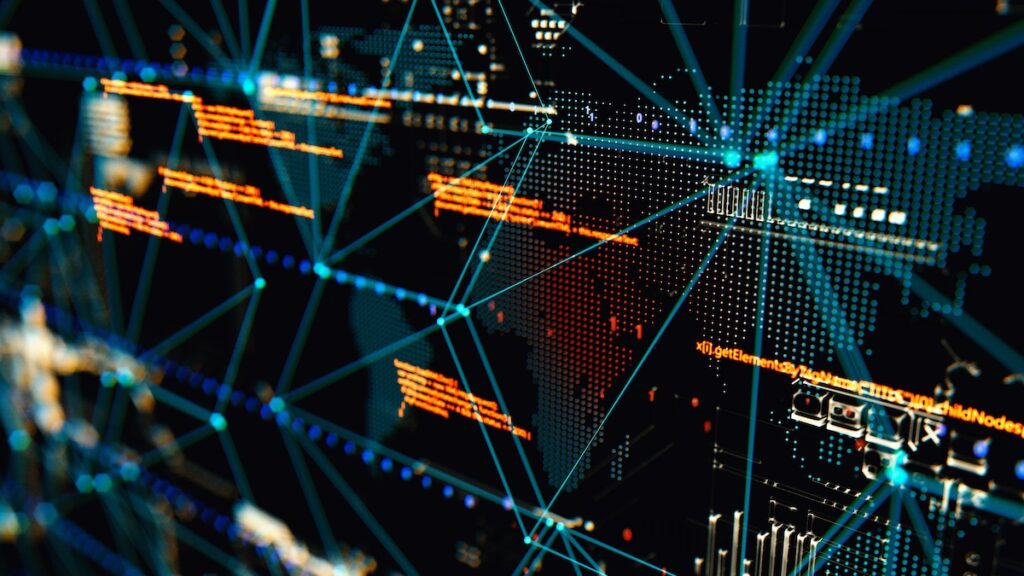
March 4, 2024 at 08:48AM
Understanding the critical data types in cybersecurity, namely traffic data, state data, event data, statistical data, and organizational data, is essential for effective defense and management. Each type serves a distinct purpose, from providing visibility into network activities to offering context and ownership information. Integrating these data types through complementary platforms is crucial for a robust security posture in a complex threat landscape.
From the meeting notes, it’s clear that understanding the different data types within a cybersecurity infrastructure is crucial for effective defense and management. The five critical data types discussed are traffic data, state data, event data, statistical data, and organizational data.
– Traffic Data: Represents the unfiltered truth of network activity and is essential for investigating threats and identifying anomalies.
– State Data: Provides insights into the current status of the network and its devices, aiding in identifying changes and managing the infrastructure.
– Event Data: Generated for analyzing traffic to identify threats and behavioral anomalies, playing a pivotal role in providing insights into network activity.
– Statistical Data: Helps understand the scale and behavior of network activities, particularly useful in gauging the scale of certain security-related behaviors.
– Organizational Data: Provides context to network activities and assists in prioritizing security efforts based on risk profiles and policies.
The challenge lies in integrating these data types effectively, as no single platform can consolidate all these data types. Therefore, it’s crucial to select an ecosystem of complementary platforms to enable a more cohesive security approach and reduce response times in a data-rich environment.
In conclusion, leveraging the unique strengths of these data types through a complementary ecosystem of security tools is essential for enhancing security measures and making informed decisions to protect the infrastructure. This proactive and responsive approach represents the best strategy for navigating the ever-evolving threat landscape.